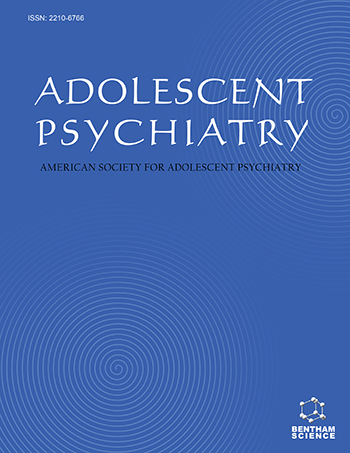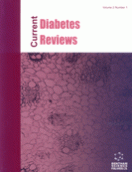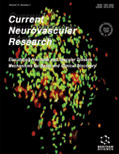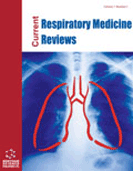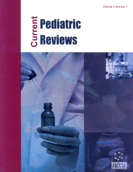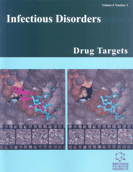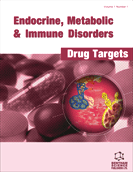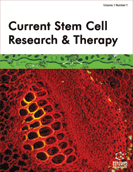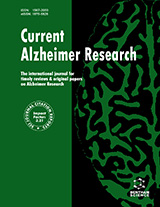Abstract
Background: COVID-19 pandemic restrictions resulted in psychosocial stress and increased potential for psychiatric disorders in the adolescent population. Adolescent psychiatric disorders are increasingly managed with psychotropic medications. We aimed to evaluate the first-time prescription rates of psychotropic medications—antidepressants, antipsychotics, hypnotics, sedatives, mood stabilizers, and psychostimulants—in adolescent patients during the COVID-19 pandemic compared to the years immediately prior.
Methods: We utilized electronic health records, claims data, and pharmaceutical data generated from 68 healthcare organizations stored within the TriNetX Research Network to conduct a retrospective matched cohort study. Adolescent patients aged 10-19 years presenting for outpatient evaluation were placed into two cohorts: 1) outpatient evaluation before (2017-2019) and 2) during (2020-2022) the COVID-19 pandemic. Patients with prior history of psychiatric disorders and/or prior use of psychotropic medications were excluded. The main outcome was first-time psychotropic medication prescription within 90 days of outpatient evaluation. We used propensity score matching with logistic regression to build cohorts of equal size based on covariates of interest.
Results: A total of 1,612,283 adolescents presenting before the COVID-19 pandemic and 1,008,161 adolescents presenting during the COVID-19 pandemic were identified. After matching on age, race/ethnicity, smoking status, and obesity status, a total of 1,005,408 adolescents were included in each cohort, each with an average age of 14.7 ± 2.84 years and 52% female and 48% male. The standardized differences between propensity scores were less than 0.1, suggesting a minimal difference between the two groups. Prescription rates for antipsychotics and benzodiazepines were increased for adolescents presenting during the pandemic (Risk Ratio (RR): 1.58, 95% confidence intervals (CI) 1.48-1.69). However, this group had decreased prescription rates for antidepressants (RR: 0.6, 95% CI 0.57-0.63), anxiolytics (RR: 0.78, 95% CI 0.75-0.81), psychostimulants (RR: 0.26, 95% CI 0.25-0.27), and mood stabilizers (RR: 0.44, 95% CI 0.39-0.49).
Conclusion: Adolescents presenting for outpatient evaluation during the COVID-19 pandemic were prescribed antipsychotics and benzodiazepines at an increased rate relative to the years immediately prior, suggesting an increased need for sedation in this patient population. Given reduced access to care during the COVID-19 pandemic, the decreased prescription rate observed for other psychotropic medication classes does not necessarily reflect a decreased incidence of the associated psychiatric disorders.
Keywords: Psychotropic, anxiety, depression, adolescents, COVID-19, stimulants.


